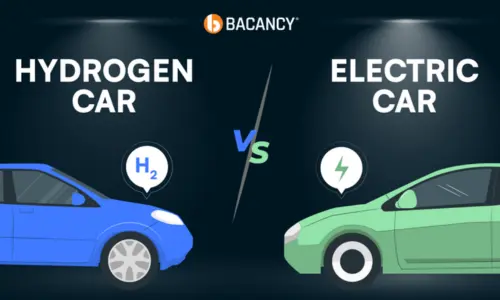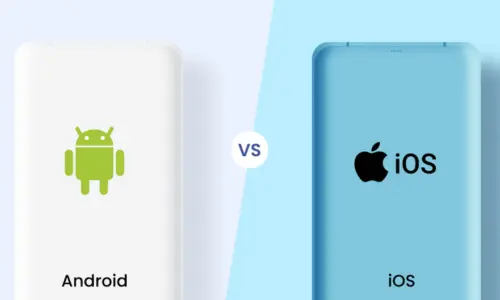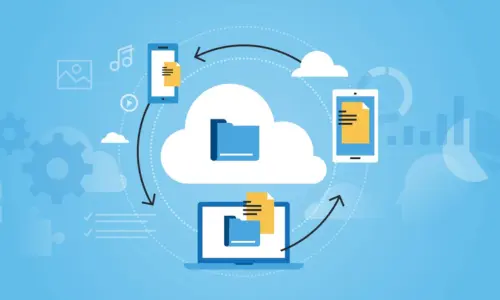The Latest Tech Innovations of 2024: What You Need to Know
Technology is evolving at a breakneck pace, and 2024 is shaping up to be a transformative year for both consumers and industries alike. From AI advancements to breakthroughs in renewable energy and next-gen communication technologies, this year promises a wave of innovations that will impact everyday life, business operations, and the global economy. Staying updated on these advancements is essential, whether you’re a tech enthusiast, entrepreneur, or casual user. This article dives into the latest tech innovations of 2024, breaking down what they mean for you and the future of technology.
1. Artificial Intelligence Reaches New Heights
1.1 AI in Everyday Life
Artificial Intelligence (AI) has been a topic of interest for years, but in 2024, it has entered a new era of usability and integration. AI is now embedded in more devices and services, enhancing everyday experiences in ways we couldn’t have imagined just a few years ago. Whether it’s your smartphone, car, or home assistant, AI is improving the way these technologies interact with you.
One of the most notable AI advancements is in natural language processing (NLP). Virtual assistants like Alexa, Google Assistant, and Siri have become more conversational and intuitive, allowing for smoother, more efficient communication. NLP is also improving machine translation, content generation, and even real-time customer service.
1.2 AI in Healthcare
Healthcare is one sector where AI is making significant strides. In 2024, AI-driven diagnostic tools are more accurate than ever. These systems analyze vast datasets from medical imaging and patient history to provide early diagnosis, especially in diseases like cancer and heart conditions. Moreover, AI is playing a crucial role in drug discovery and personalized medicine, where treatment plans are tailored specifically to a patient’s genetic makeup.
2. Quantum Computing
Quantum computing is no longer a distant dream. In 2024, significant advancements have been made in quantum processors, with several tech giants like Google and IBM competing to achieve quantum supremacy. While traditional computers use bits (0s and 1s) to process information, quantum computers use qubits, which can represent multiple states at once. This allows quantum computers to solve problems that are impossible for classical machines.
2.1 Applications of Quantum Computing
The real-world applications of quantum computing are broad and profound. Industries like finance, cryptography, and pharmaceuticals are among the first to benefit. In finance, quantum computing helps optimize complex algorithms that manage portfolios, while in cryptography, it promises unbreakable encryption methods. For pharmaceuticals, quantum computing speeds up the analysis of molecular structures, potentially leading to the rapid discovery of new drugs.
2.2 Challenges to Overcome
Despite the promise, there are still challenges to address. Quantum computing requires extremely low temperatures and precise conditions to operate effectively, which limits widespread adoption. However, 2024 has seen new cooling technologies that make these machines more practical for industrial use.
3. 5G and Beyond: A New Era of Connectivity
3.1 5G Reaches Maturity
5G networks, which started rolling out a few years ago, have finally reached their full potential in 2024. Faster than any of its predecessors, 5G technology has enabled speeds of up to 100 Gbps, drastically improving data transmission rates and reducing latency. This advancement has profound implications for everything from video streaming to online gaming, virtual reality (VR), and augmented reality (AR).
3.2 Impact on IoT and Smart Cities
The real game-changer for 5G is its effect on the Internet of Things (IoT). In 2024, we’re seeing smart cities that are more interconnected than ever before, with 5G powering a network of smart sensors, autonomous vehicles, and public infrastructure. Traffic lights communicate with cars, public transportation schedules adjust in real time, and city-wide energy consumption is managed with unprecedented efficiency.
3.3 What Comes After 5G?
Even though 5G is still gaining traction, researchers are already looking ahead to 6G. Expected to launch in the next decade, 6G will provide even faster speeds, but its main appeal lies in its ability to merge the physical and digital worlds more seamlessly, enabling truly immersive experiences in AR and VR.
4. Green Technology and Sustainable Innovation
4.1 Advances in Renewable Energy
2024 is a milestone year for green technology. Renewable energy sources, particularly solar and wind, have become more efficient and affordable. Breakthroughs in battery storage technologies are allowing renewable energy to be stored for longer periods, making it a more viable option for consistent power supply even when the sun isn’t shining or the wind isn’t blowing.
4.2 Electric Vehicles: Going the Extra Mile
In 2024, EVs have longer ranges, faster charging capabilities, and are more affordable. Companies like Tesla, Rivian, and traditional car manufacturers are pushing boundaries with battery technology and autonomous driving capabilities. The development of solid-state batteries, which are safer and more efficient than lithium-ion batteries, is a key innovation to watch.
4.3 Green Tech in Everyday Life
Sustainability is becoming a standard feature in many consumer technologies. Smart homes are now equipped with eco-friendly appliances and energy management systems that monitor usage, making it easier for users to lower their carbon footprints.
5. Augmented Reality (AR) and Virtual Reality (VR): Immersive Experiences
5.1 Mainstream Adoption of AR/VR
In 2024, AR and VR are more immersive and accessible than ever. While these technologies have been around for years, recent advancements in processing power and graphical capabilities have made them practical for everyday use. From gaming and entertainment to education and workplace collaboration, AR and VR are transforming how we interact with digital content.
5.2 AR in the Real World
Augmented reality, in particular, is seeing wider adoption in sectors like retail, healthcare, and real estate. In retail, AR allows customers to try on clothes virtually or visualize how furniture would look in their home. In healthcare, AR is assisting surgeons with real-time overlays of patient anatomy, making complex procedures more precise.
6. The Rise of Edge Computing
6.1 Faster Processing at the Edge
While cloud computing has dominated the past decade, 2024 marks the rise of edge computing. Instead of sending all data to a central server, edge computing processes data closer to the source, reducing latency and bandwidth use. This is particularly useful for IoT devices and autonomous systems, which need real-time processing to function effectively.
6.2 Impact on Industries
Edge computing is becoming essential in industries like manufacturing, where real-time data processing on the factory floor is critical. Autonomous vehicles also rely on edge computing for split-second decision-making, ensuring safe and efficient operation.
Conclusion
The tech innovations of 2024 are ushering in a new era of efficiency, connectivity, and sustainability. From quantum computing to AI-driven healthcare, these advancements will transform industries and reshape everyday life. As we move further into the year, keeping up with these trends will be vital for individuals and businesses alike.
Whether you’re looking to adopt the latest tech for personal use or seeking ways to innovate in your industry, understanding these developments is the first step toward thriving in an increasingly digital world. The future is now, and 2024 is just the beginning of what’s to come.







